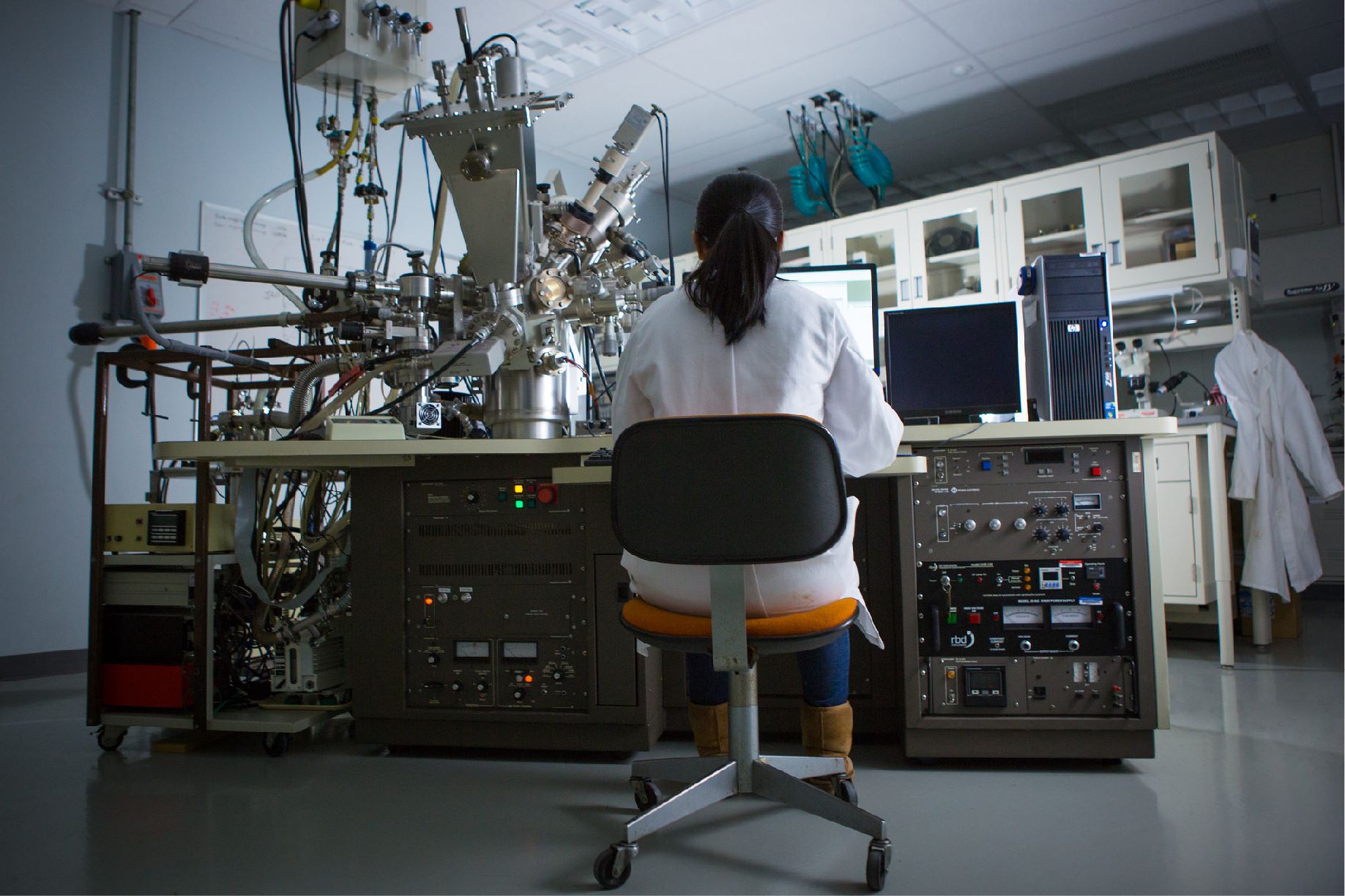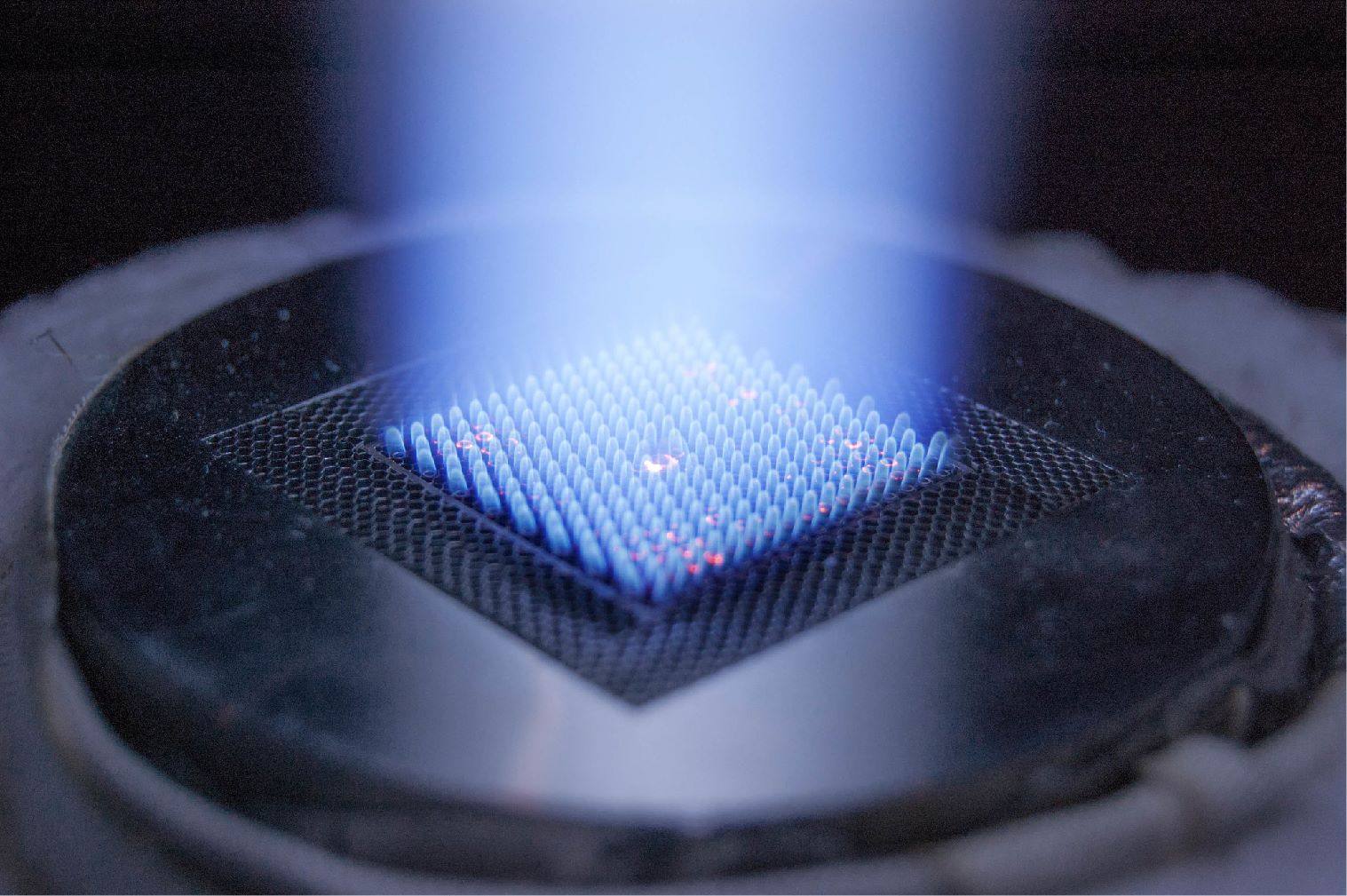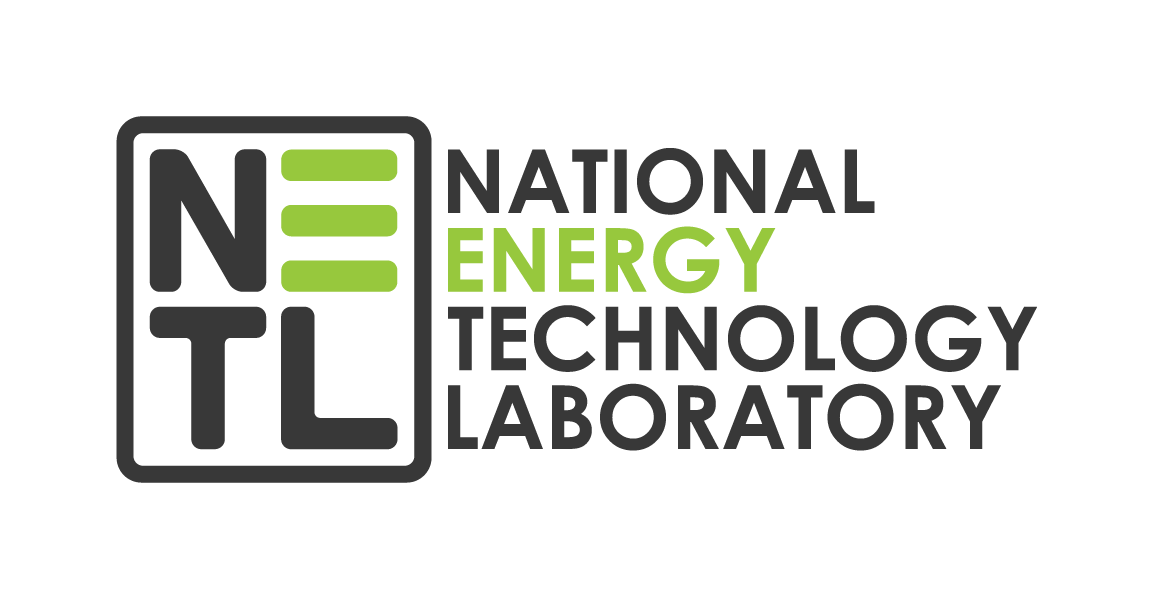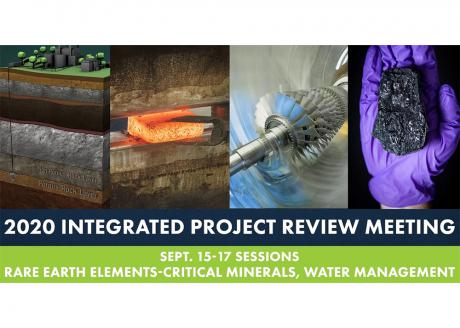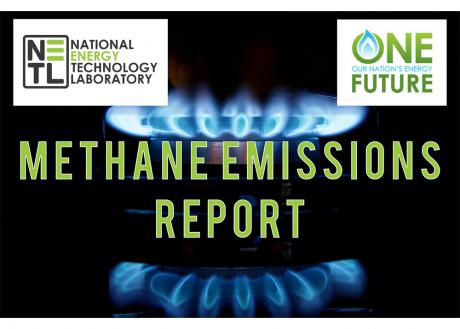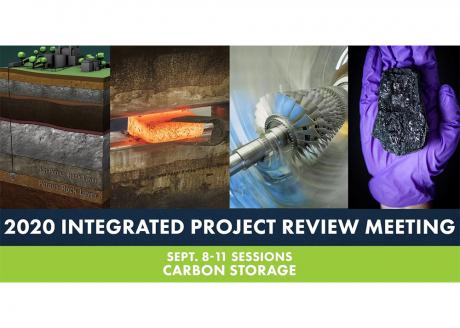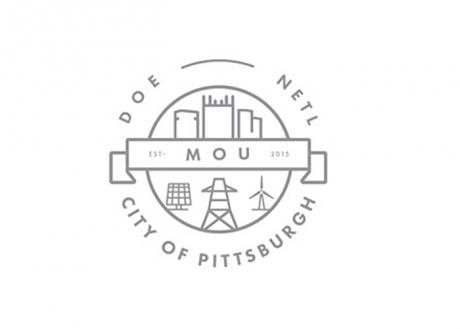Technologies to extract rare earth elements (REEs) and critical minerals (CMs) from coal and coal-based resources will be among the topics discussed at next week’s DOE-NETL 2020 Virtual Integrated Project Review Meeting.
NETL recently collaborated with Our Nation’s Energy (ONE) Future, a coalition of 26 natural gas companies, to calculate the greenhouse gas (GHG) emission profile and methane emission rates across the group’s complete natural gas value chain.
Between analyzing fossil-fueled energy technologies and advanced thermal energy storage, NETL will have plenty of content and insight to share as a participant in the 2020 International Pittsburgh Coal Conference.
Next week’s DOE-NETL 2020 Virtual Integrated Project Review Meeting (Sept. 8-11) will feature four days covering a range of topics on carbon storage.
Presentations will include overviews of the four Regional Initiatives, updates on five Carbon Storage Assurance Facility Enterprise (CarbonSAFE) Initiative Phase II projects, as well as results from several recent efforts of the U.S. Department of Energy’s Regional Carbon Sequestration Partnerships (RCSPs).
The United States Energy Association recently hosted a webinar to provide an update on critical minerals (CMs) and rare earth elements (REE) research development and deployment (RD&D) being performed by the U.S. Department of Energy’s (DOE) Office of Fossil Energy (FE), including NETL’s robust in-house research project portfolio as well as the Lab’s extramural program portfolio. The webinar featured opening remarks by Principal Deputy Assistant Secretary for Fossil Energy Kenneth Humphreys and Traci Rodosta, program manager for FE’s Critical Minerals and Coals to Products program.
Through her work with NETL, native West Virginian Kristyn Johnson, a graduate student at West Virginia University, is working to enhance the operation of rotating detonating engines (RDEs) in support of the Lab’s mission to enhance the nation’s energy foundation in an economically viable and environmentally sustainable manner.
Today, the U.S. Department of Energy (DOE) and NETL have announced the award of approximately $72 million in federal funding to support the development and advancement of carbon capture technologies under two funding opportunity announcements (FOAs). Under this cost-shared research and development (R&D), DOE is awarding $51 million to nine new projects for coal and natural gas power and industrial sources. DOE is awarding a total of $21 million to 18 projects for technologies that remove carbon dioxide (CO2) from the atmosphere, a process known as “direct air capture.”
The exchange of ideas and networking to pioneer new energy technologies and partnerships will continue in spite of the challenges posed by the COVID-19 pandemic as NETL and the Department of Energy’s (DOE) Office of Technology Transitions (OTT) host the 2020 DOE InnovationXLab CarbonX Summit virtually.
This month, NETL and its partners working on Alaska’s North Slope surpassed a major research milestone in the development of technology that could unlock access to significant resources of thick oil trapped in Arctic oil fields.
NETL-City of Pittsburgh MOU 5th Anniversary Video
NETL and the City of Pittsburgh initiated a partnership in July 2015 to transform the city’s energy system and aging infrastructure by implementing a “grid of microgrids” concept that spanned nine energy d
